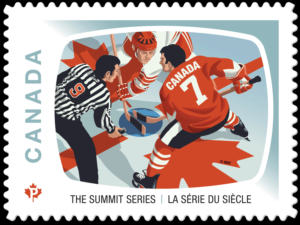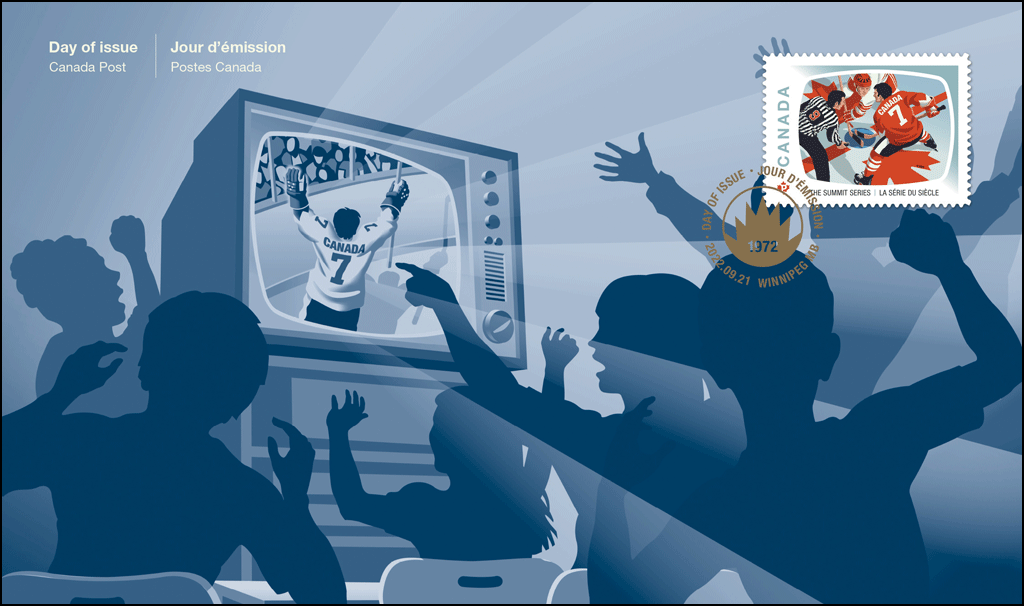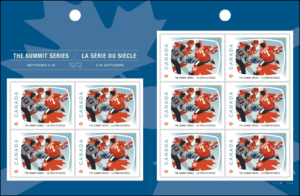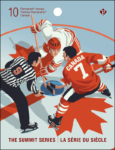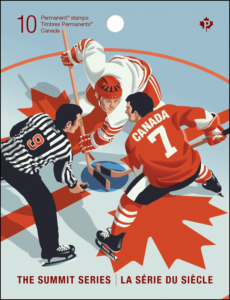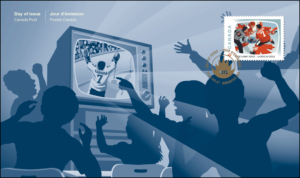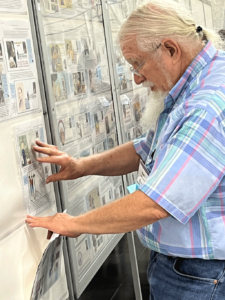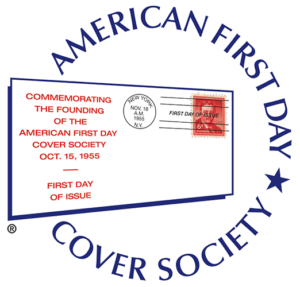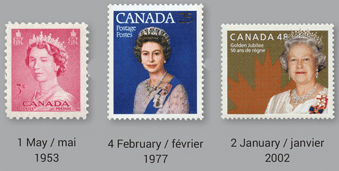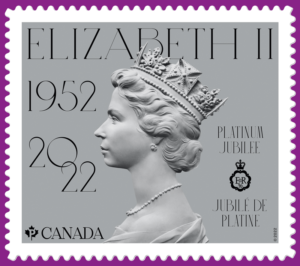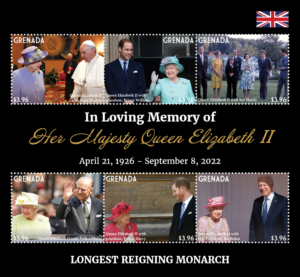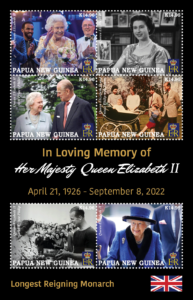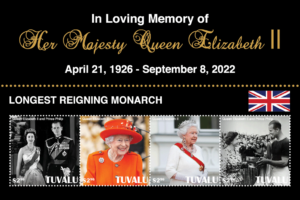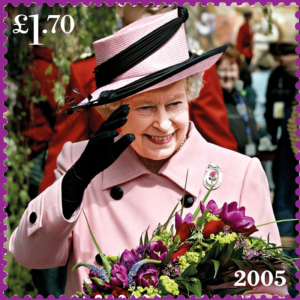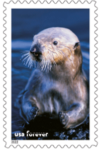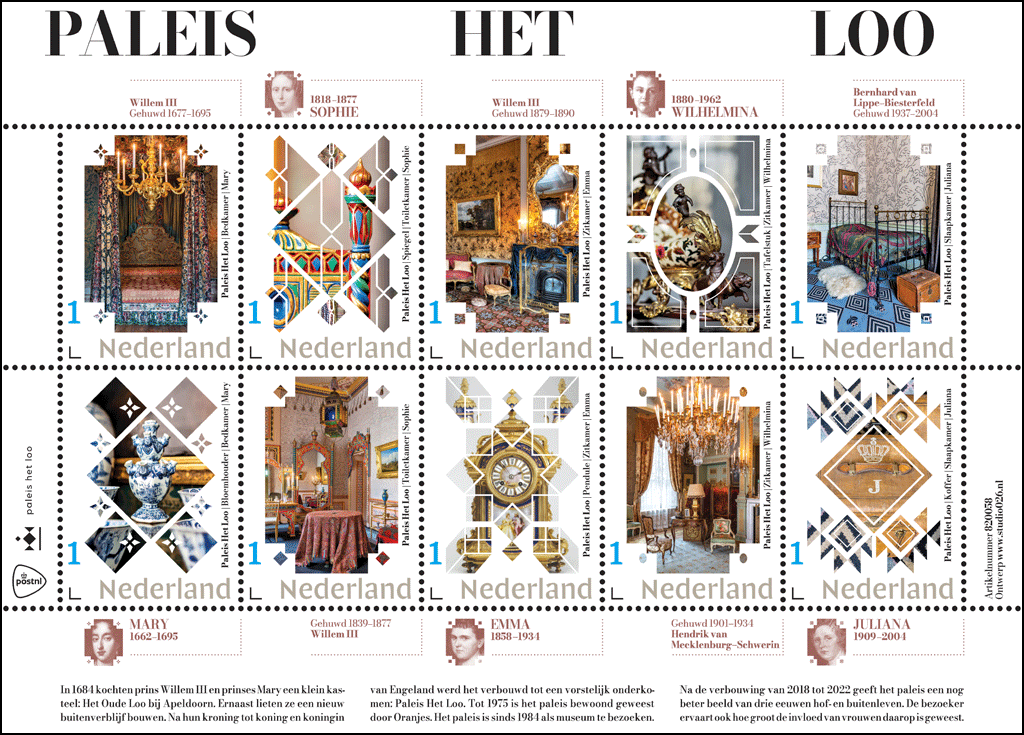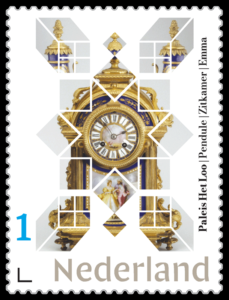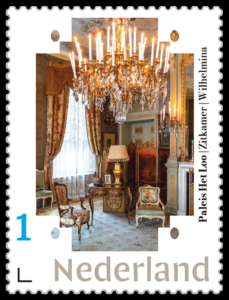Although the issue date is 19 September, on VSC’s Facebook group, Danforth Guy points out that all Canadian post offices were supposed to be closed that day, for Queen Elizabeth II’s funeral.
[press release] [click on any of the pictures for larger versions]
Canada Post Community Foundation ramps up 2022 campaign, rolls out grants to improve the lives of Canadian children
101 groups receive $1.3 million in funding as in-store campaign and new stamp launched to meet growing needs across the country
OTTAWA – As the Canada Post Community Foundation launches its 2022 fundraising campaign, 101 organizations across the country have been informed they will receive 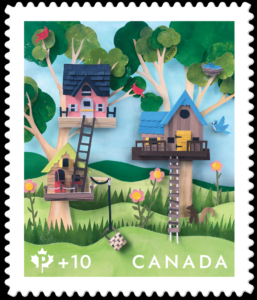 much-needed funding to support their efforts to improve the lives of Canadian children and youth.
much-needed funding to support their efforts to improve the lives of Canadian children and youth.
Support for grassroots organizations and Indigenous youth
A total of $1.3 million in grants has been awarded for this year. The recipients include grassroots organizations from every province and territory. This year represents the first Indigenous Truth and Reconciliation Signature Grant, which is going to the Northern Nishnawbe Education Council in Sioux Lookout, Ontario, to support its goal to create stronger bonds, relationships and understanding between Indigenous and non-Indigenous people across Northern Ontario.
Canada Post is committed to fostering reconciliation with Indigenous Peoples, including through funding of community programs that support Indigenous children and youth. All 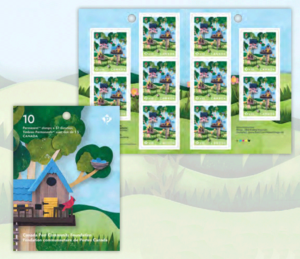 2022 grant recipients are listed on the Canada Post Community Foundation website.
2022 grant recipients are listed on the Canada Post Community Foundation website.
In-store campaign launched with special stamp to raise funds for next year
Faced with a growing number of applications each year, the Foundation raises money through customer donations in post offices, employee payroll deduction and sale of a special annual stamp. This year’s stamp, issued on September 19, will raise funds for distribution in 2023 and is available for purchase. Stamp booklets can be purchased and donations made at local post offices, with funds going to organizations that operate in the province or territory in which they are raised.
$12.3 million for 1,100 initiatives since 2012
Established in 2012, the Foundation is a registered charity that operates at arm’s length from Canada Post. It has granted more than $12.3 million to 1,100 initiatives for children and youth nationwide, including literacy and language programs; youth outreach services; projects that support Indigenous youth; gender and sexual diversity programs; arts and recreation projects; special education programs; childhood health programs; anti-bullying initiatives; mentoring programs and many others. Every dollar raised by the Foundation is granted to children’s charities and community organizations across Canada.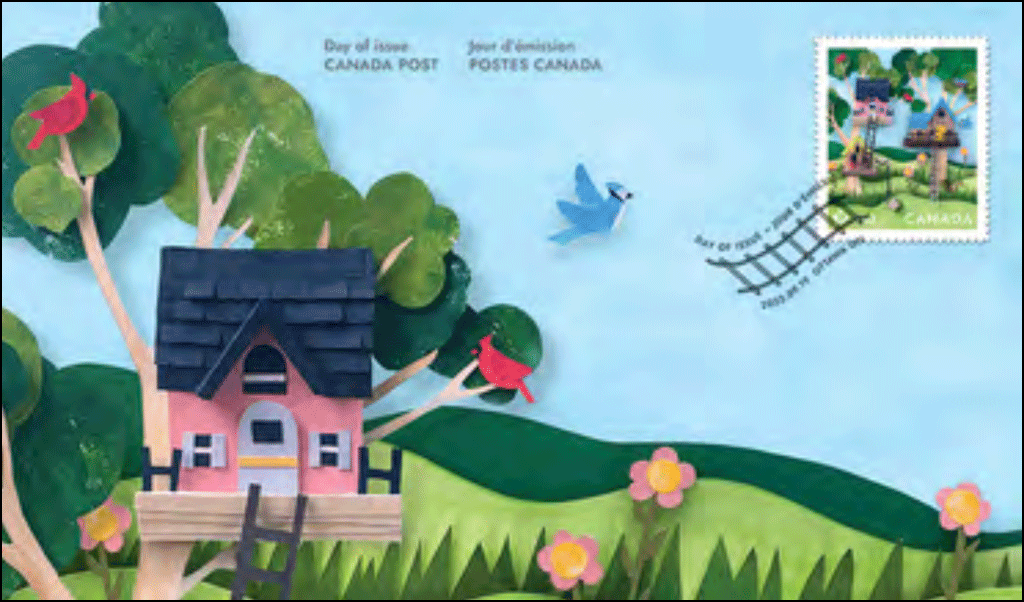
About the stamp issue
The 2022 stamp for the Canada Post Community Foundation was designed by Joanna Todd of Chad Roberts Design. There’s something magical about treehouses. They inspire imagination, offer a place for make-believe play and provide a setting in which to dream. Creating spaces for children – literal, virtual and figurative – is of vital importance. That’s why the Canada Post Community Foundation exists.
This design was selected by Canada Post frontline retail employees. The stamp is available at Canada Post outlets across the country and online at canadapost.ca/shop. Follow these links for high-resolution images.
About the Foundation
The Canada Post Community Foundation provides grants to Canadian schools, charities and organizations in an effort to make a difference in the lives of children across the country. It supports the small, underfunded projects that often go unnoticed, from coast to coast to coast. Through its grassroots, community-based approach, the Foundation plays a critical role in helping Canada Post achieve its purpose, A Stronger Canada – Delivered.
To donate to the Canada Post Community Foundation, purchase a booklet of stamps at a local post office or visit canadapost.ca/community.
[en Francais pour les médias d’information]
La Fondation communautaire de Postes Canada lance sa campagne de 2022 et verse des subventions pour améliorer la vie des enfants au pays
Cent un organismes reçoivent 1,3 million de dollars en subventions alors que la Fondation lance sa campagne en magasin et son nouveau timbre pour répondre à des besoins grandissants au Canada
OTTAWA – À l’occasion du lancement de la campagne de financement de 2022 de la Fondation communautaire de Postes Canada, 101 organismes d’un bout à l’autre du pays  ont été informés qu’ils recevraient bientôt une précieuse subvention qui les aidera à améliorer la vie d’enfants et de jeunes au Canada.
ont été informés qu’ils recevraient bientôt une précieuse subvention qui les aidera à améliorer la vie d’enfants et de jeunes au Canada.
Soutien aux organismes communautaires et aux jeunes Autochtones
Totalisant 1,3 million de dollars, les subventions de cette année seront remises à des organismes communautaires de chaque province et territoire. La toute première subvention Signature pour la vérité et la réconciliation avec les Autochtones a été accordée au Northern Nishnawbe Education Council de Sioux Lookout, en Ontario. Les fonds l’aideront à créer des liens plus solides et à améliorer la compréhension entre les Autochtones et les non-Autochtones dans les collectivités du nord de l’Ontario.
Postes Canada est déterminée à favoriser la réconciliation avec les peuples autochtones,  notamment en finançant des programmes communautaires qui aident les enfants et les jeunes Autochtones. La liste de tous les bénéficiaires d’une subvention de 2022 se trouve sur le site Web de la Fondation communautaire de Postes Canada.
notamment en finançant des programmes communautaires qui aident les enfants et les jeunes Autochtones. La liste de tous les bénéficiaires d’une subvention de 2022 se trouve sur le site Web de la Fondation communautaire de Postes Canada.
Lancement de la campagne en magasin et d’un timbre spécial pour la collecte de fonds des subventions de 2022
Le nombre de demandes de subvention augmente chaque année. La Fondation amasse des fonds à l’aide de dons provenant de la clientèle des bureaux de poste, du programme de retenues à la source du personnel participant et de la vente d’un timbre thématique annuel. Le timbre de cette année, qui a été émis le 19 septembre pour amasser des fonds pour les subventions de 2022, est maintenant en vente. Les carnets de timbres sont vendus et les dons sont recueillis dans les bureaux de poste locaux. Les fonds sont versés à des organismes de la province ou du territoire où ils ont été recueillis.
Un total de 12,3 millions de dollars pour 1 100 initiatives depuis 2012
Créée en 2012, la Fondation communautaire de Postes Canada est un organisme de bienfaisance enregistré qui est exploité indépendamment de Postes Canada. Depuis ses débuts, elle a distribué plus de 12,3 millions de dollars en subventions à 1 100 initiatives pour enfants et jeunes à l’échelle du pays, notamment des programmes d’alphabétisation et de langue, de mentorat, d’éducation spécialisée et de santé, des services d’aide, des projets qui soutiennent les jeunes Autochtones, des programmes sur la diversité de genre et sexuelle, des projets artistiques et récréatifs et des initiatives contre l’intimidation. Chaque dollar amassé est versé à des organismes communautaires et à des œuvres de bienfaisance pour enfants partout au Canada.
À propos du timbre
Le timbre de la Fondation communautaire de Postes Canada de 2022 a été conçu par Joanna Todd de Chad Roberts Design. Les maisons dans les arbres ont quelque chose de magique. Elles stimulent l’imagination et fournissent un abri où l’on peut jouer à faire semblant et même rêver. Offrir aux enfants des espaces bien réels, virtuels ou figuratifs est essentiel. C’est justement pourquoi la Fondation communautaire de Postes Canada existe.
Le motif a été choisi par le personnel de vente au détail de Postes Canada. Le timbre est en vente dans les comptoirs postaux et en ligne à postescanada.ca/achat. Cliquez sur les liens suivants pour obtenir les images à haute résolution du timbre.
À propos de la Fondation
La Fondation communautaire de Postes Canada verse des subventions à des écoles, des œuvres de bienfaisance et des organismes du Canada dans le but d’améliorer le sort des enfants partout au pays. Elle soutient d’un océan à l’autre les petits projets sous-financés qui passent souvent inaperçus. Grâce à son approche communautaire, la Fondation contribue à ce que Postes Canada réalise sa raison d’être, soit celle d’être porteurs d’un Canada plus fort.
Pour faire un don à la Fondation communautaire de Postes Canada, achetez un carnet de timbres à votre bureau de poste ou visitez postescanada.ca/communautaire.
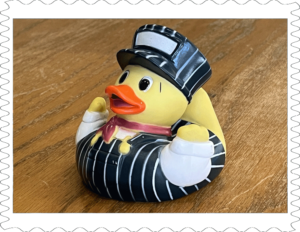 187 contest entries [which you can see here] and select the winning artwork. Judging for the duck stamp begins at 10:00 a.m. EST, Friday and 10:00 a.m. EST, Saturday, with the final selection announced around noon. This event is not open to the public this year. Tune in for video cameos from Service Director, Martha Williams, artists and other members of the conservation community.
187 contest entries [which you can see here] and select the winning artwork. Judging for the duck stamp begins at 10:00 a.m. EST, Friday and 10:00 a.m. EST, Saturday, with the final selection announced around noon. This event is not open to the public this year. Tune in for video cameos from Service Director, Martha Williams, artists and other members of the conservation community.




